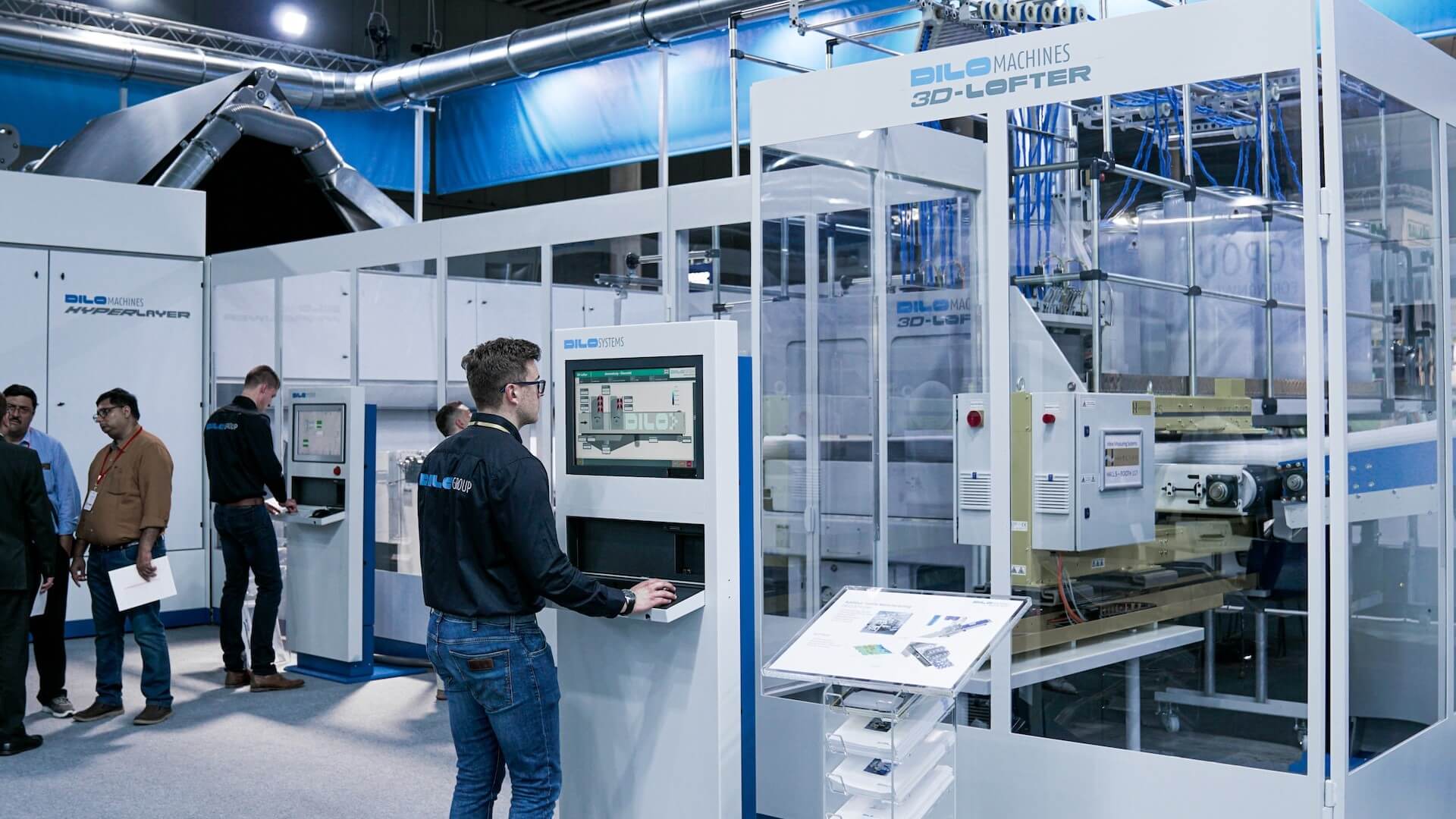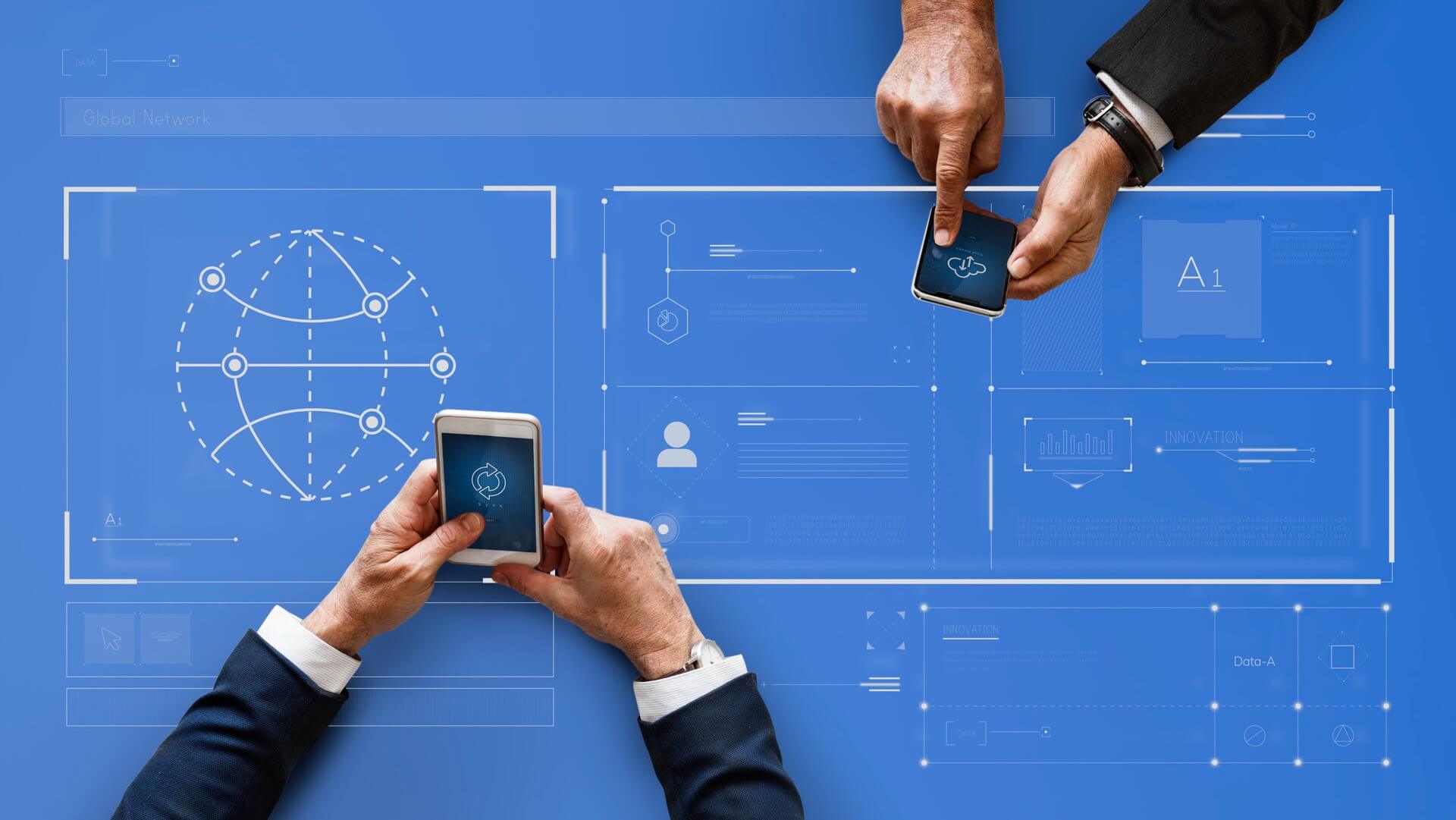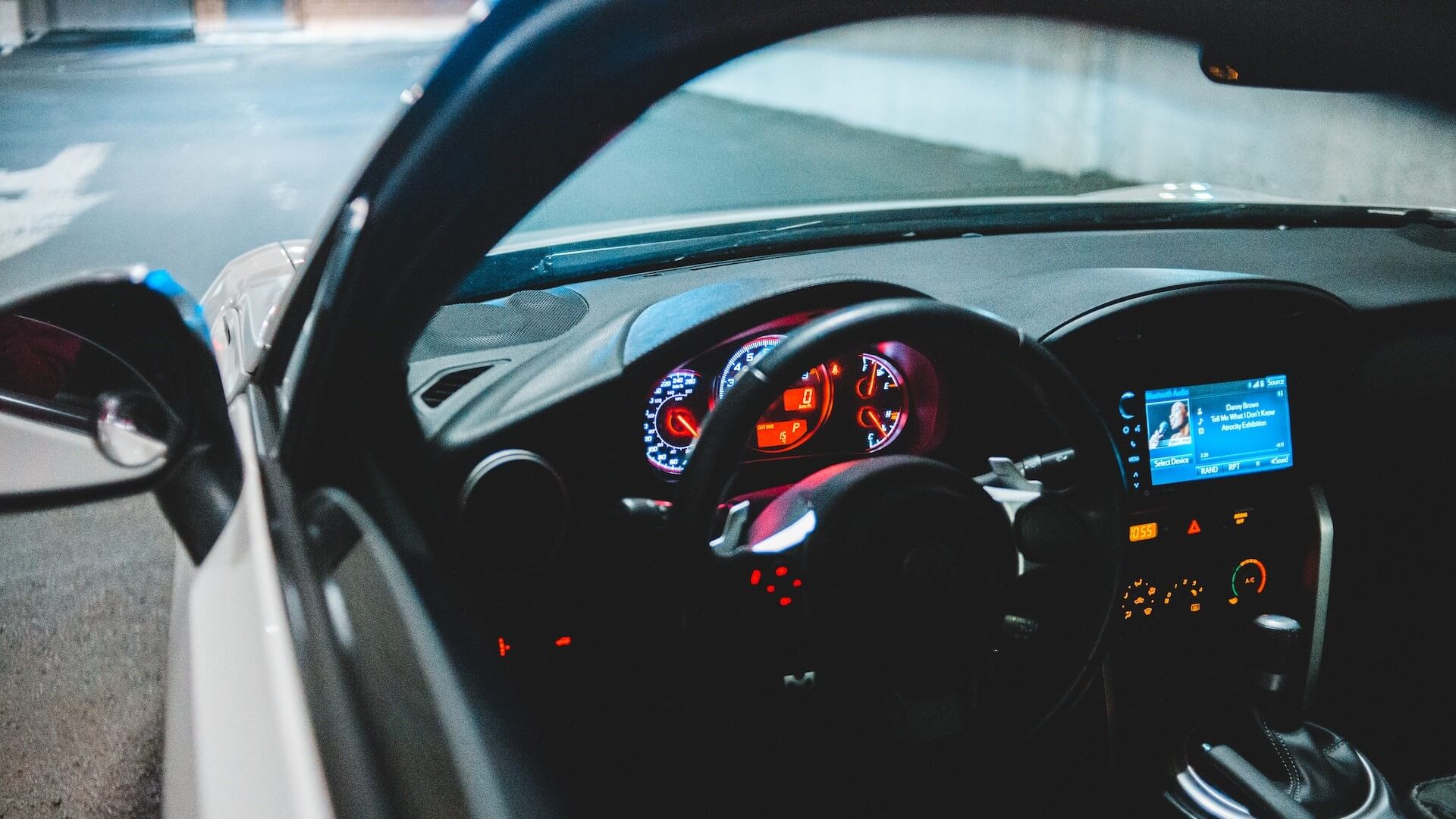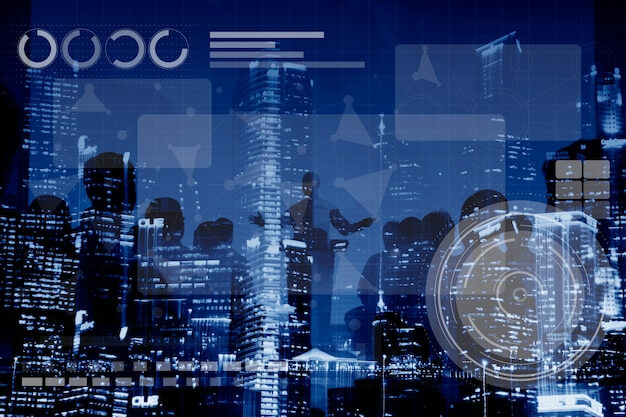
The Internet of Things has already brought great advances to many industries, including construction, health and education. Agriculture, of course, is no exception.
The effects of climate change, soil erosion and population growth mean that producers must improve efficiency, reduce waste and adopt more environmentally friendly farming practices. Fortunately, the Internet of Things is providing novel solutions to many of these challenges, helping producers reduce costs and provide more control and oversight of production processes.
As a result, the Internet of Things in agriculture has shown a high rate of adoption and is expected to continue to grow in the coming years. In this article, we will explore some of the most common use cases for IoT in agriculture today, as well as some of the promising developments that may emerge in the future.
1、Data collection and precision farming
Sensors can collect farm-wide data such as sunlight levels, moisture, humidity and temperature, which can then be analyzed in real time and used to make better decisions or automate certain processes. For example, if a crop-specific sensor detects that soil moisture levels are below a certain threshold, it sends this information back to the system, which then automatically turns on the sprinklers.
The name for this type of IoT-supported food production is precision agriculture, a concept that uses the exact amount of resources needed on the farm to achieve optimal growth. In the example above, by implementing the IoT, watering is only done when the data determines it is needed, thus reducing water waste to near zero.
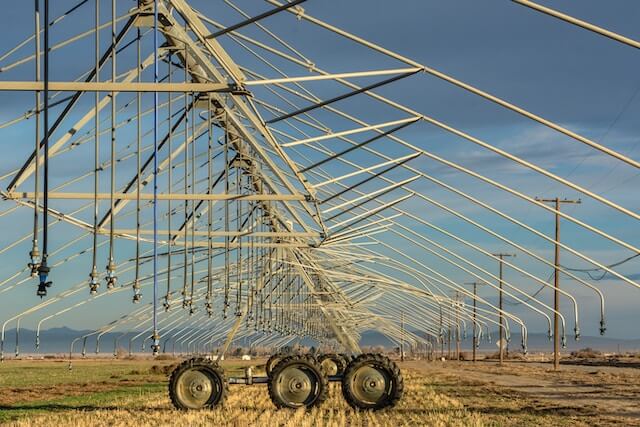
By implementing precision agriculture, food production is maximized and the amount of resources required is optimized. This leads not only to producing more food, but also to cleaner farming and more environmentally friendly processes.
2、Drones
IoT agricultural drones are one of the most common use cases for drones today. They allow farmers to monitor crops over large areas of land. This can help identify any problems related to pests or infestations that, if left unchecked, could seriously damage crop yields. Today's IoT drones are able to do this by analyzing the color of the crop; the darker the color, the more likely it is that an insect or disease is present.
In addition to monitoring crops, drones are also used to distribute materials throughout the farm, which includes spraying pesticides and fertilizers on crops. All of these operations can be controlled by an operator on the farm or at a remote location. What's more, many of these operations are being automated, such as regular crop monitoring, which means farmers do not need to use scarce and expensive labor to perform these operations.
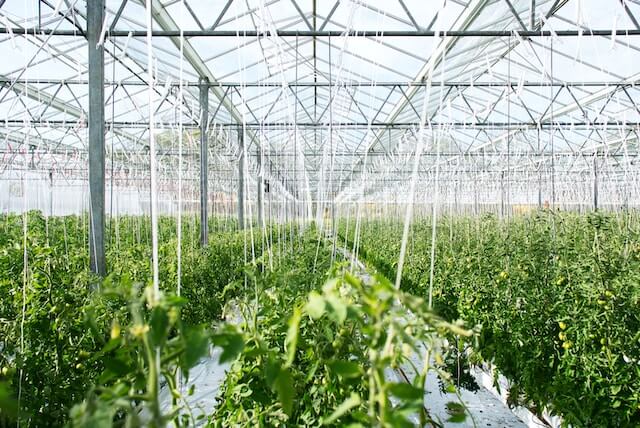
3、Livestock tracking
IoT devices are also being used for livestock. A small sensor placed on a livestock tag can collect a lot of useful data that can be used to optimize farm operations. Farmers in the meat and dairy industries can also use these tags to dynamically track how many livestock are gestating, lactating or calving, so that they know in real time what kind of care each animal needs.
4、intelligent greenhouse
Traditional greenhouses create a static environment whose parameters are largely influenced by sunlight. Smart greenhouses, on the other hand, are able to precisely control many variables to produce optimal growing conditions.
IoT sensors in the greenhouse collect data on variables including temperature, humidity and soil moisture, and then the management system analyzes this data and activates an intelligent control system when the variables need to be adjusted.

5、Predictive analysis
Data collected from IoT devices is increasingly being used to build advanced simulation models of future agricultural production on the farm. In order to run accurate simulations, the data input to the models needs to have the highest possible fidelity. Because IoT sensors can collect large amounts of accurate data on the farm, predictive analytics are now more accurate than ever before.
For example, simulations using accurate data collected from IoT devices can model what happens when a crop is infected with a disease. Accurate simulations can show how quickly the disease spreads, which areas are more susceptible to infection and, more importantly, what preventive and corrective measures can be taken to minimize the damage.
6、Farm Management
At the highest level, IoT-enabled farms can provide farmers with dashboard reporting and KPI analysis, much the way a bank or insurance company monitors its business. This provides unprecedented data and insight that was not possible before the advent of IoT systems. As a result, farmers now have a wealth of data to help them make better decisions, allocate resources more efficiently, and plan for the future.

